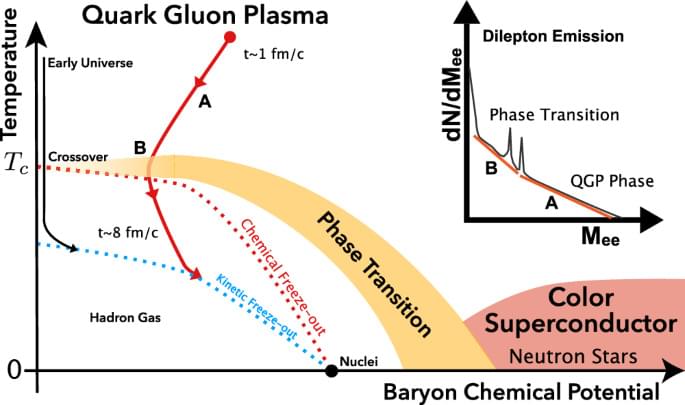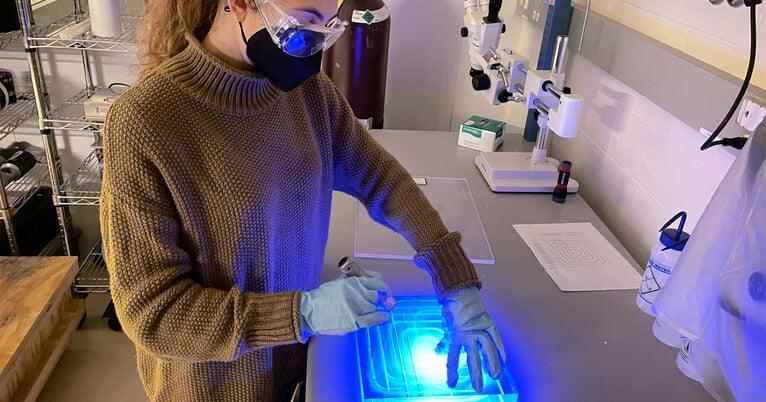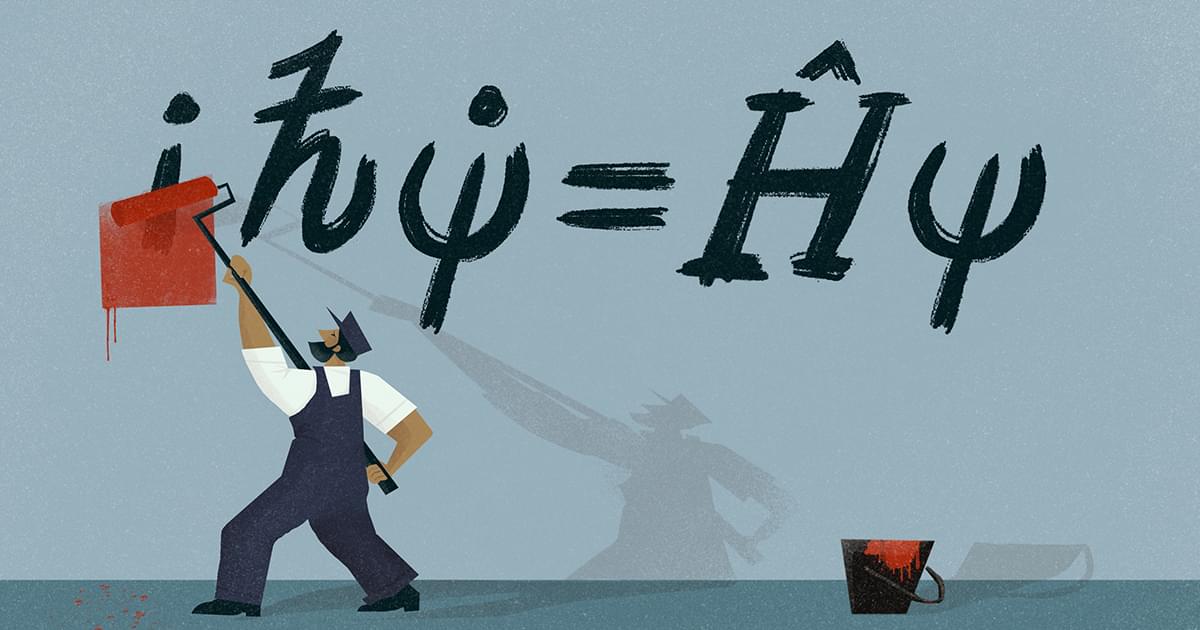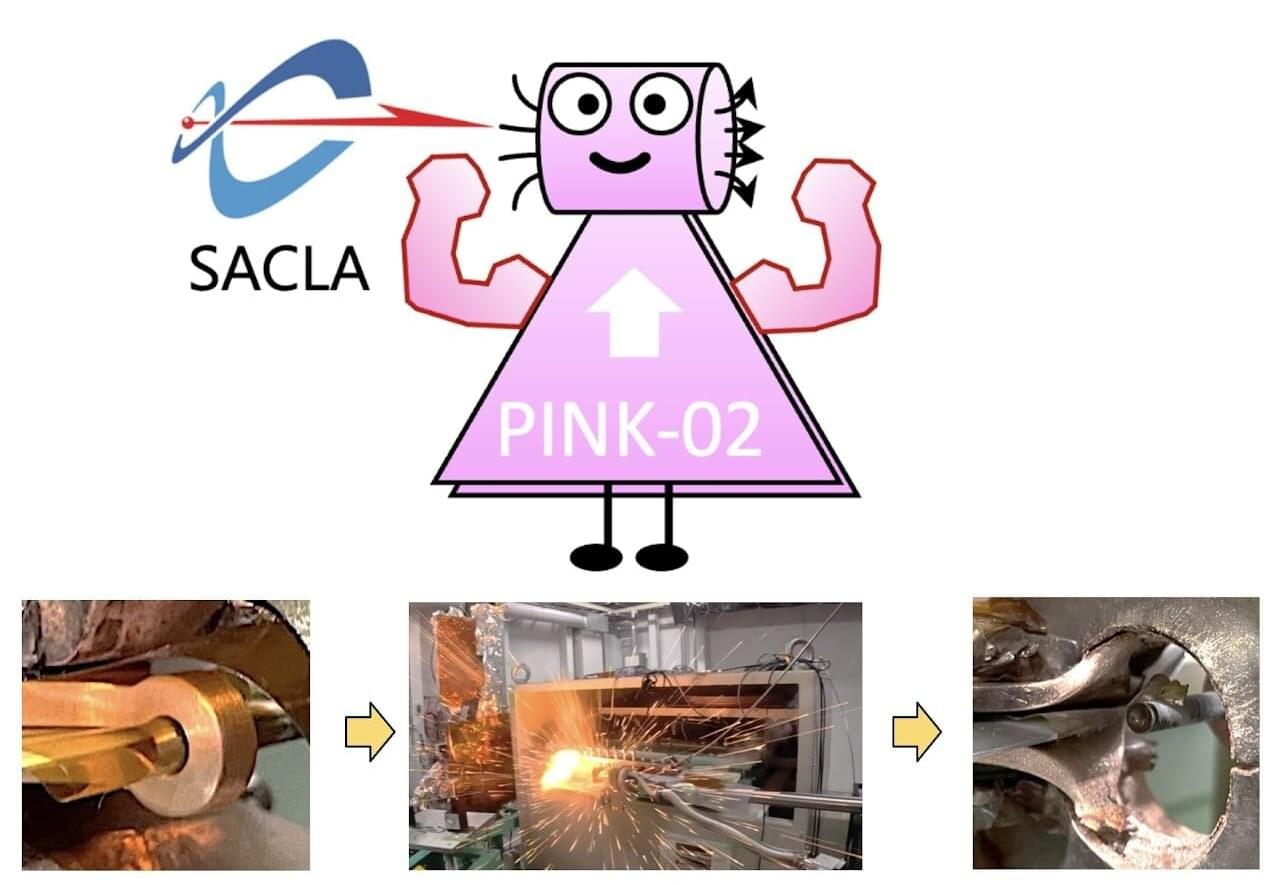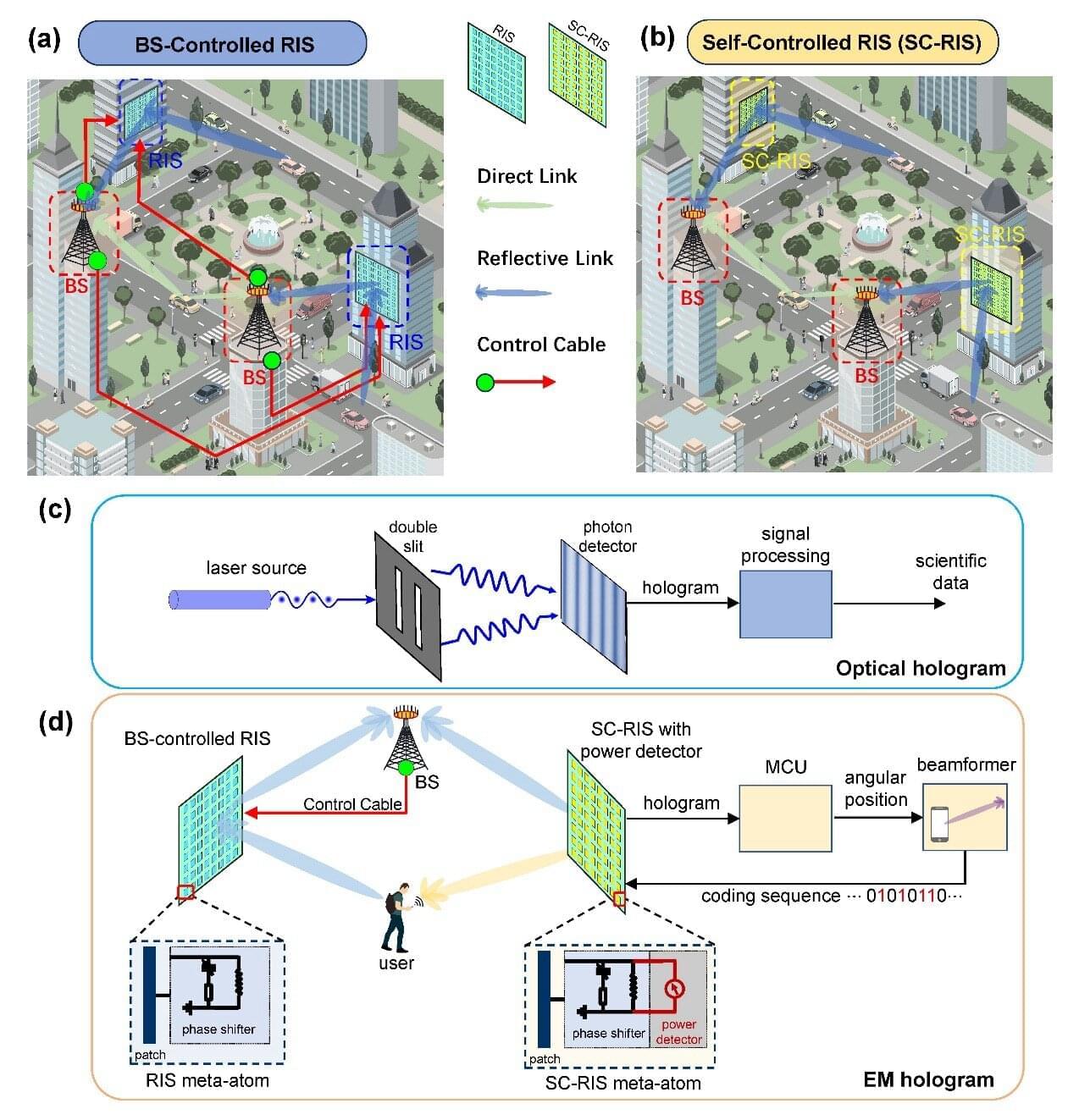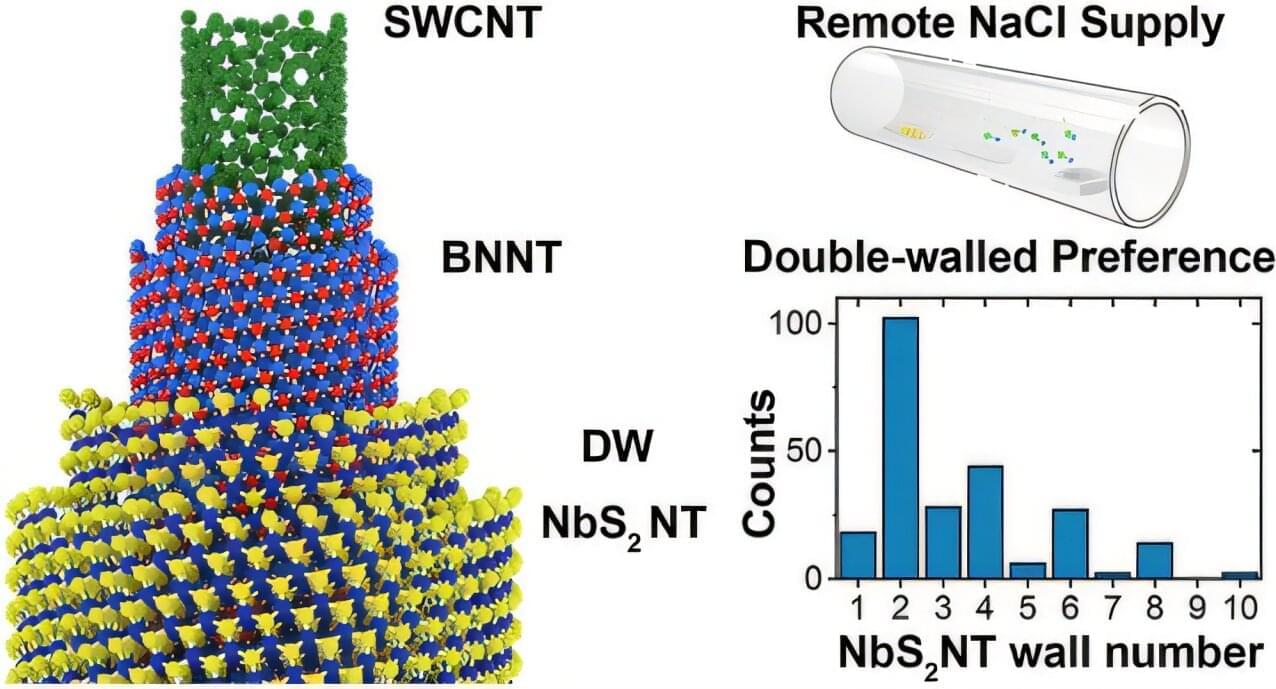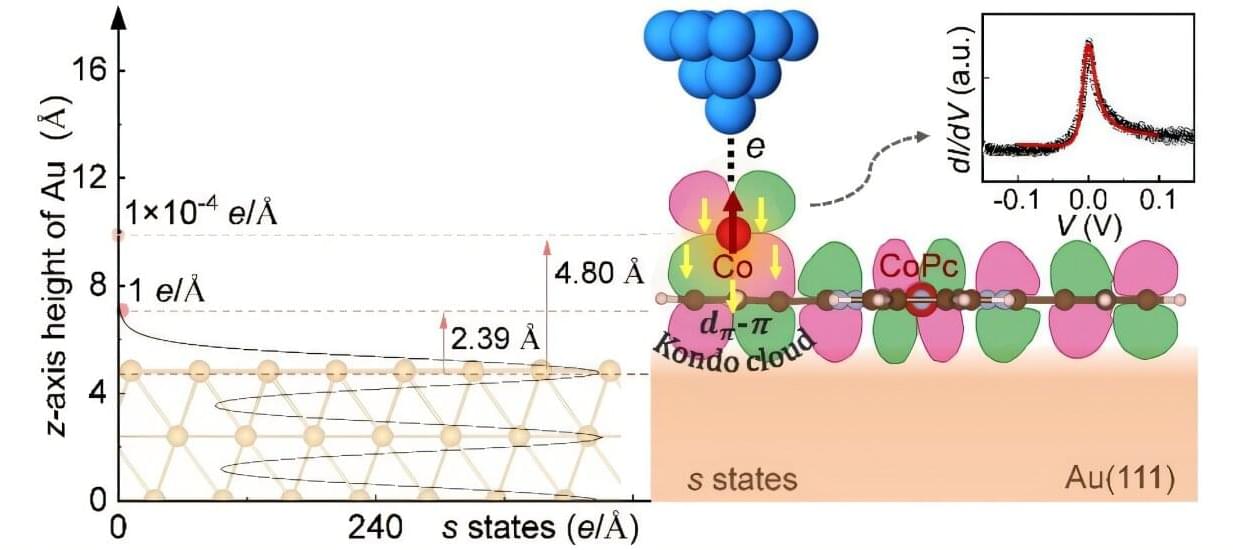What makes some plastics stick to metal without any glue? Osaka Metropolitan University scientists have peered into the invisible adhesive zone that forms between certain plastics and metals—one atom at a time—to uncover how chemistry and molecular structure determine whether such bonds bend or break.
Their insights clarify metal–plastic bonding mechanisms and offer guidelines for designing durable, lightweight, and more sustainable hybrid materials for use in transportation.
Combining the strength of metal with the lightness and flexibility of plastic, polymer–metal hybrid structures are emerging as key elements for building lighter, more fuel-efficient vehicles. The technology relies on bonding metals with plastics directly, without adhesives. The success of these hybrids, however, hinges on how well the two materials stick together.


